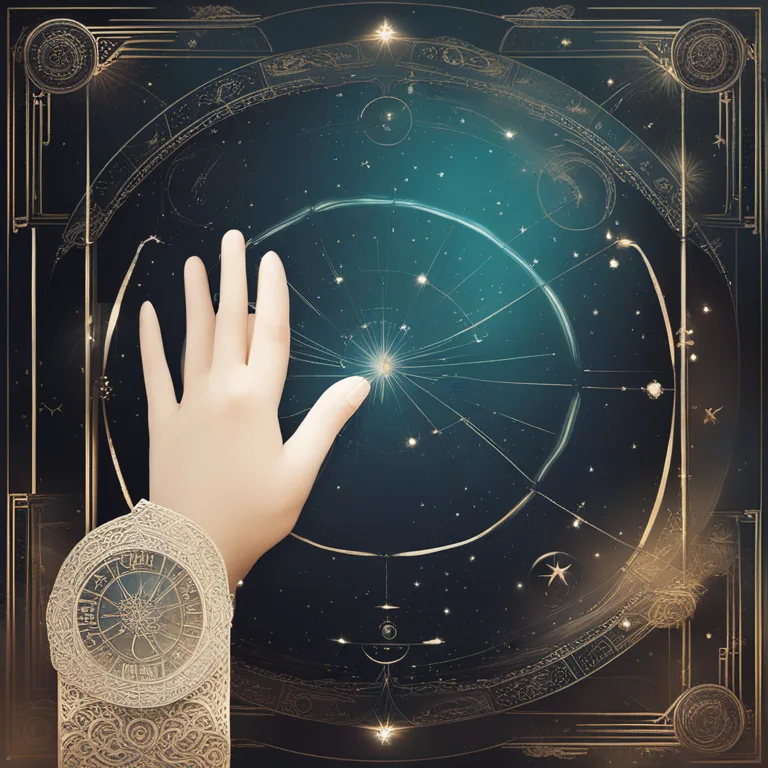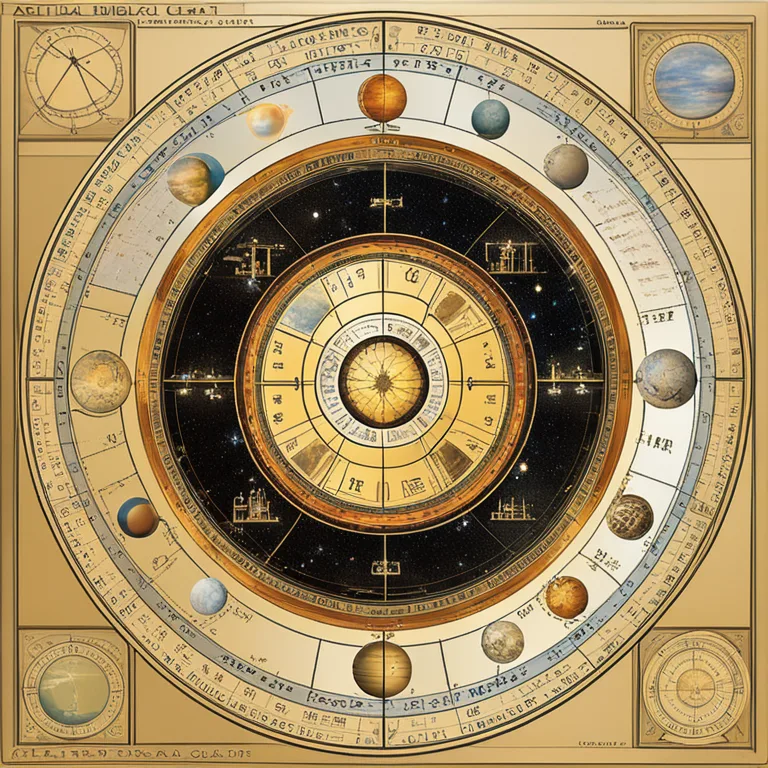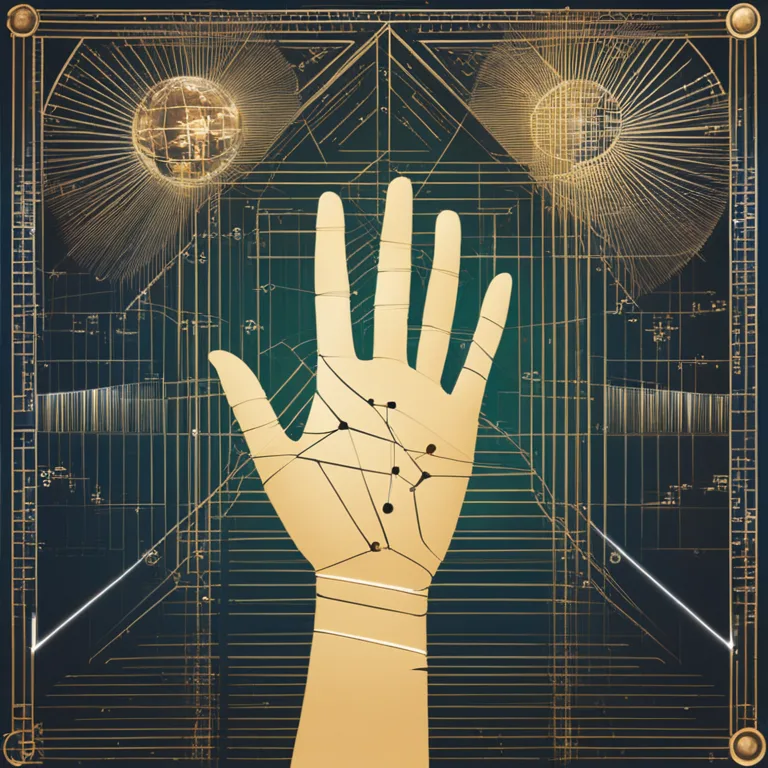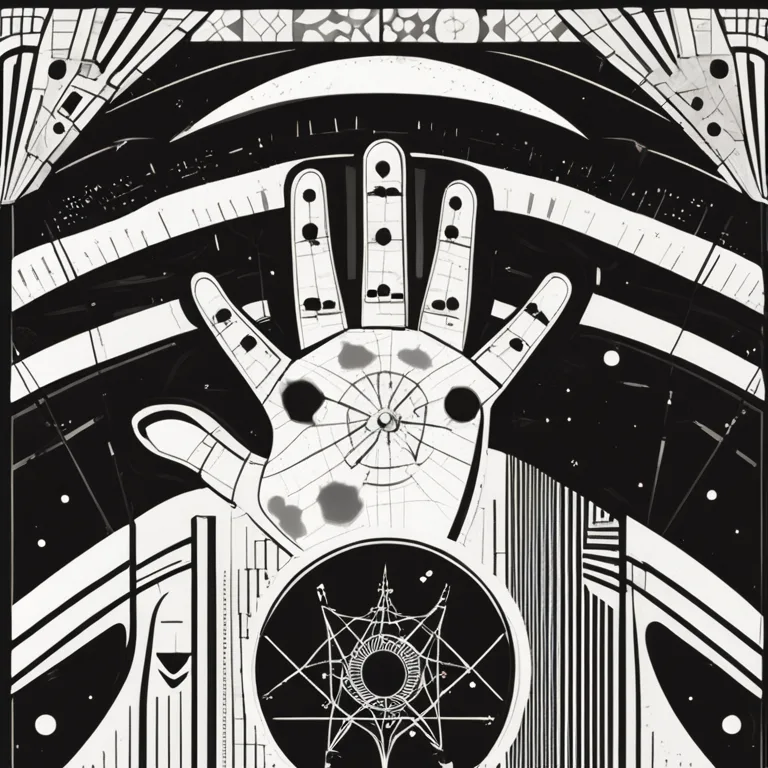
Palmistry vs Astrology: Gauging Accuracy in Divination
Delve into the ancient practices of palmistry and astrology to uncover which divination tool holds a greater claim to accuracy in life's predictions.
article by Nora Pennington
Introduction to Divination Methods
Palmistry and astrology have been tools of divination for centuries, sparking curiosity and providing guidance to many. The former reads the lines and shapes of the hand, while the latter interprets celestial influence on human affairs. As these practices have evolved, their accuracy and application have been subjects of debate and interest. While some argue that palmistry offers a more personal touch, others suggest that astrology provides a broader, more holistic view of an individual's life path.

Understanding Palmistry's Premise
Palmistry, also known as chiromancy, posits that an individual's characteristics and future can be discerned from the palms. Hand lines, shapes, and mounts are meticulously analyzed to make predictions. With advancements in technology, palm readings have expanded beyond traditional methods, incorporating digital scanning and analysis to potentially increase accuracy. Despite such improvements, skeptics argue about the subjective nature and varying interpretations that come with palmistry.

Astrology and Celestial Insight
In contrast, astrology is founded on the belief that alignment and movements of celestial bodies can influence events on Earth and individual traits. Personal natal charts, created based on one's birth time and location, offer a complex and unique astrological profile. Today, astrologers utilize sophisticated software to track planetary motions with high precision, enhancing the practice's credibility and accuracy in the eyes of many enthusiasts.

Comparing Methodologies
Novelty in technology influences both palmistry and astrology; nevertheless, the latter is often viewed as more systematic, with shared astrological events affecting individuals at a collective level. Palmistry, however, is as singular as the person being read, dependent on variables like the reader's experience and interpretation skills. Astrology, with its detailed charts and planetary data, appears to offer a more standardized and replicable approach.

Evaluating Accuracy
Assessing accuracy in these fields is challenging due to their inherent subjective nature. Anecdotal evidence and personal testimonials provide support, but scientific verification remains elusive. Neither practice is currently supported by empirical evidence according to scientific standards, which makes one's choice a matter of personal belief or experience more than an objective determination of accuracy.
Personal Connection and Relevance
When choosing between palmistry and astrology, it may come down to personal relevance. Some may find that the tactile experience of palm reading offers a more intimate connection, while others may resonate with astrology's comprehensive and universal perspective that ties their story to a larger cosmic narrative.
Cultural and Psychological Aspects
Cultural background can also significantly influence an individual's preference. Furthermore, psychological factors, such as the Barnum effect, which describes our tendency to accept vague descriptions as highly accurate for ourselves, play a role in the perceived effectiveness of these practices. Both palmistry and astrology have been criticized for their susceptibility to this phenomenon, but they nonetheless continue to be popular forms of personal exploration and reflection.
Published: 1/3/2024
Modified: 1/3/2024
More predictions
Come back here soon to learn more about yourself and your future


The Palmistry Money Triangle: A Guide to Financial Fortunes
Discover the secrets behind the palmistry money triangle and how it may signify wealth potential in your life.


The Lines of Affection: Interpreting Palmistry's Marriage Clues
Discover the insights your hands reveal about matrimonial bonds through the art of palm reading. Delve into the meanings behind palmistry's marriage lines.


The Roots and Journey of Palmistry
Trace the ancient practice of palmistry through history and discover how it has evolved into the art studied around the world today.